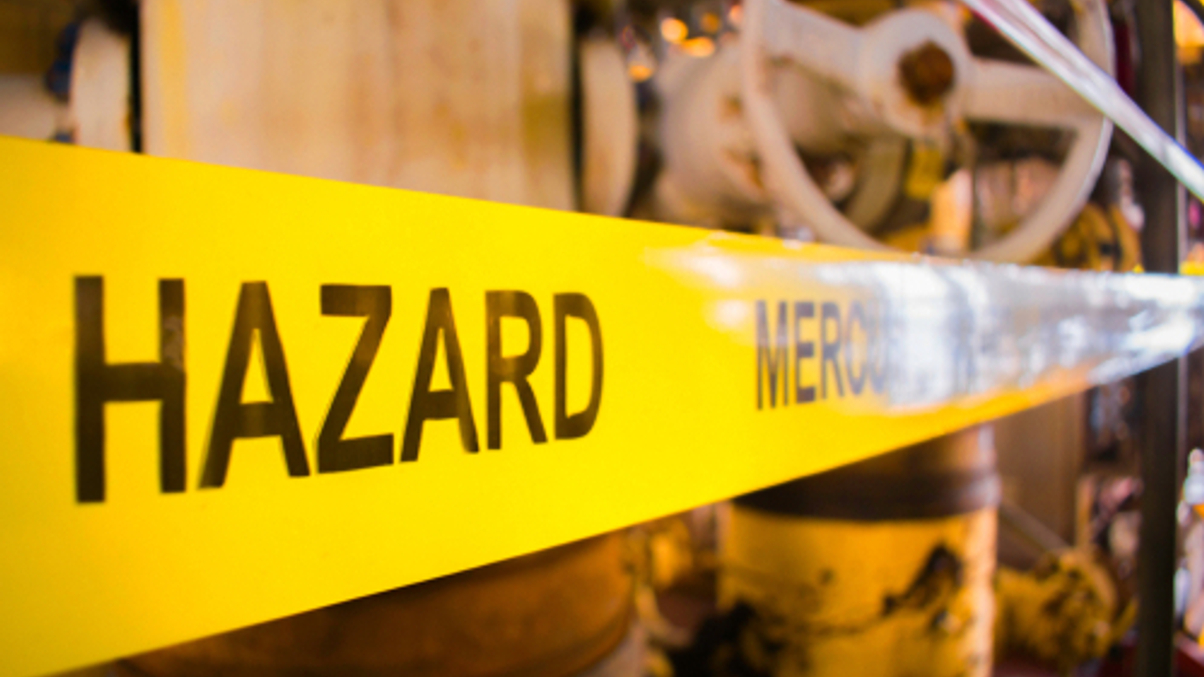Is tail-risk hedging worth the trouble?
With potential extreme events seemingly everywhere, institutional investors are talking more about hedging against so-called tail risk. But should they bother?

Extreme events potentially lurk around every corner these days it seems, so it’s no surprise that the topic of tail-risk hedging has resurfaced with a vengeance as investors seek better downside protection.
Sign In to Your Account
Access Exclusive AsianInvestor Content!
Please sign in to your subscription to unlock full access to our premium AI resources.
Free Registration & 7-Day Trial
Register now to enjoy a 7-day free trial—no registration fees required. Click the link to get started.
Note: This free trial is a one-time offer.
¬ Haymarket Media Limited. All rights reserved.


